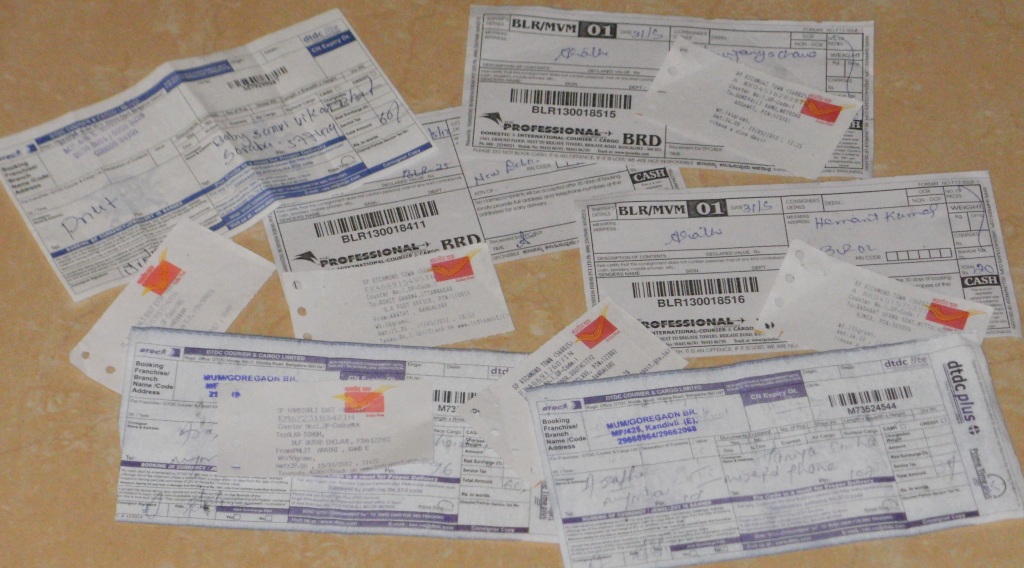"Doosra has a strong script and an unwavering focus on the theme. The subject is new and the dialogue well crafted, scoring sixes quite often with punch lines. Mention must be made of the several humorous moments. The exchange between Ganesh's parents on cricket as a career is particularly endearing." - The Hindu
"The play is worth watching for its appealing cast, humorous and witty dialogues. As the Video footage of Cricket is used in the play, one feels that one is watching cricket live." - Deccan Herald
Doosra’s
protagonist is the Game of Cricket. The changes in the game are depicted
through the life of Ganesh, a 20 year old lad who gets selected to represent the
country. The young cricketer's metamorphosis is driven by the forces of power,
politics, money and pressure and is depicted in the 90 minute play which, through
its various characters, illustrates the changing phase of the game which over
the years has grown from a sport to a commercial venture.
The play offers the perspectives of - a father who still believes in the values of the game, an obsessed fan with a love and hate attitude, a Captain who is victimized, a Bookie who represents the darker side of the game and a Politician who patronizes the game for money. The highlight of the play is video projections as back drop - a feature that one is unlikely to have experienced in plays in India.
The play will be staged by Paradigm Creation, in aid of PNLIT.
DATE: SUNDAY, 13th JAN 2013 TIME: 3.30 p.m. and 7.00 p.m.
VENUE: MLR CONVENTION CENTRE, BRIGADE MILLENNIUM,
JP NAGAR 7th PHASE, BANGALORE 560078
---------------------------------------------------------------
FOR DONOR PASSES PLEASE CONTACT
Sujata - sujathaleo@yahoo.com, Cell 9880054070
Usha - puttenahalli.lake@gmail.com, Cell 7259722996
Nupur - nupur21@gmail.com, Cell 9886629769
Ramaswamy - opr.sulo@gmail.com, Cell 9845079076
DONATIONS TO PNLIT ARE EXEMPT u/s 80G OF THE INCOME TAX ACT










.JPG)
.JPG)
.JPG)
.JPG)
.JPG)
.JPG)
.JPG)



























